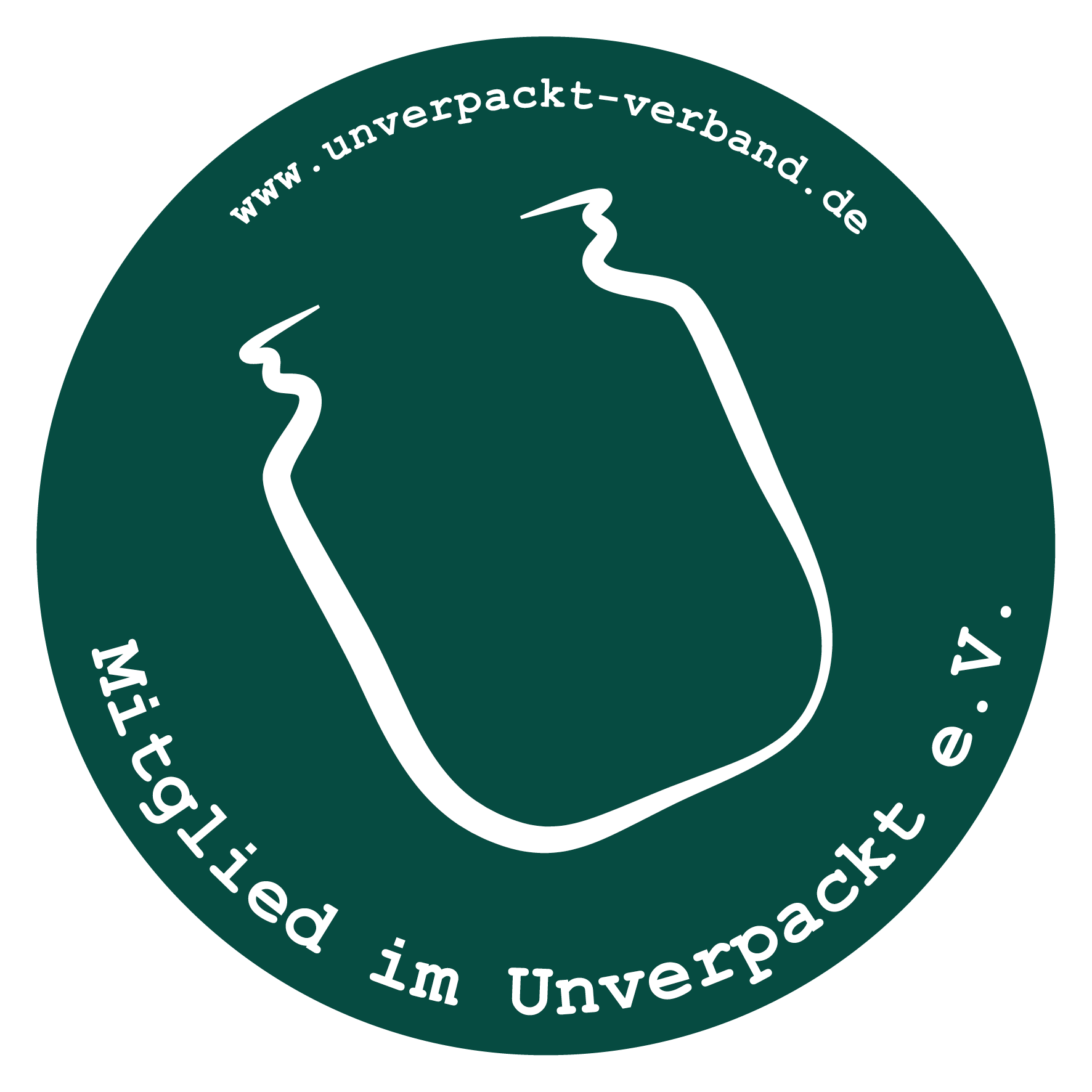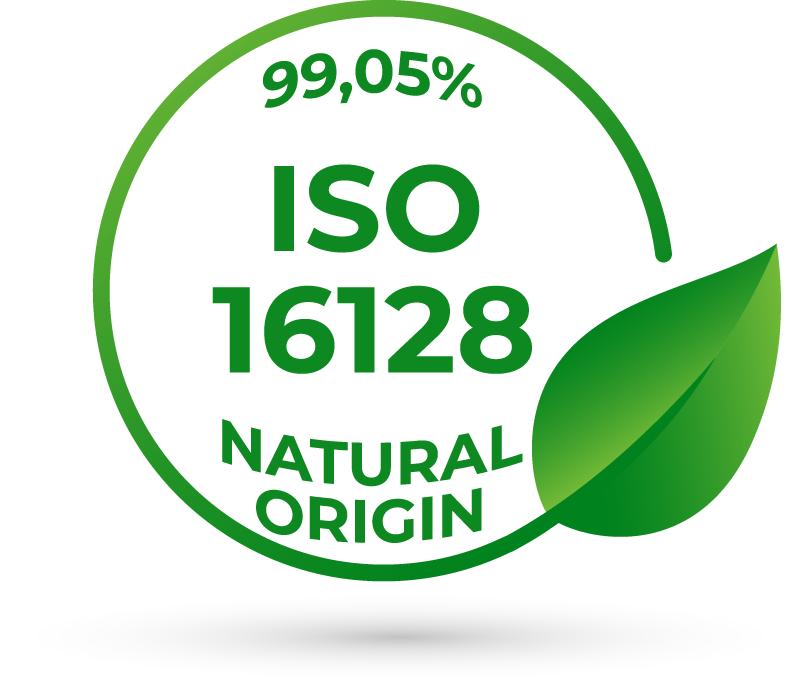Natural
#NOBEAUTYINWASTE
Natural cosmetics
starts with high-quality, pure raw materials. This includes our amber glass dispensers, which are not only environmentally friendly and refillable, but also a central component of our sustainability concept. For refills, we offer pouches made of mono-material that are 100% recyclable, including the screw cap. This allows you to enjoy sustainable natural cosmetics and contribute to environmental protection at the same time.
Raw materials
We consistently use natural raw materials and completely avoid chemical additives. Our oral hygiene and cosmetic products are therefore also characterized by their natural purity. Convinced of the power of nature, we select only the best ingredients for the skin and teeth.
Our cosmetic products are rich in nourishing oils that intensively care for the skin and provide it with essential vitamins. Invigorating herbal extracts provide a refreshing and revitalizing effect. In order to offer a pure and authentic skincare experience, we select each ingredient with the utmost care.
For dental hygiene, we rely on special, natural ingredients that gently clean teeth and freshen breath – without any harsh chemicals. With our passion for natural ingredients, we offer the best care for oral health.
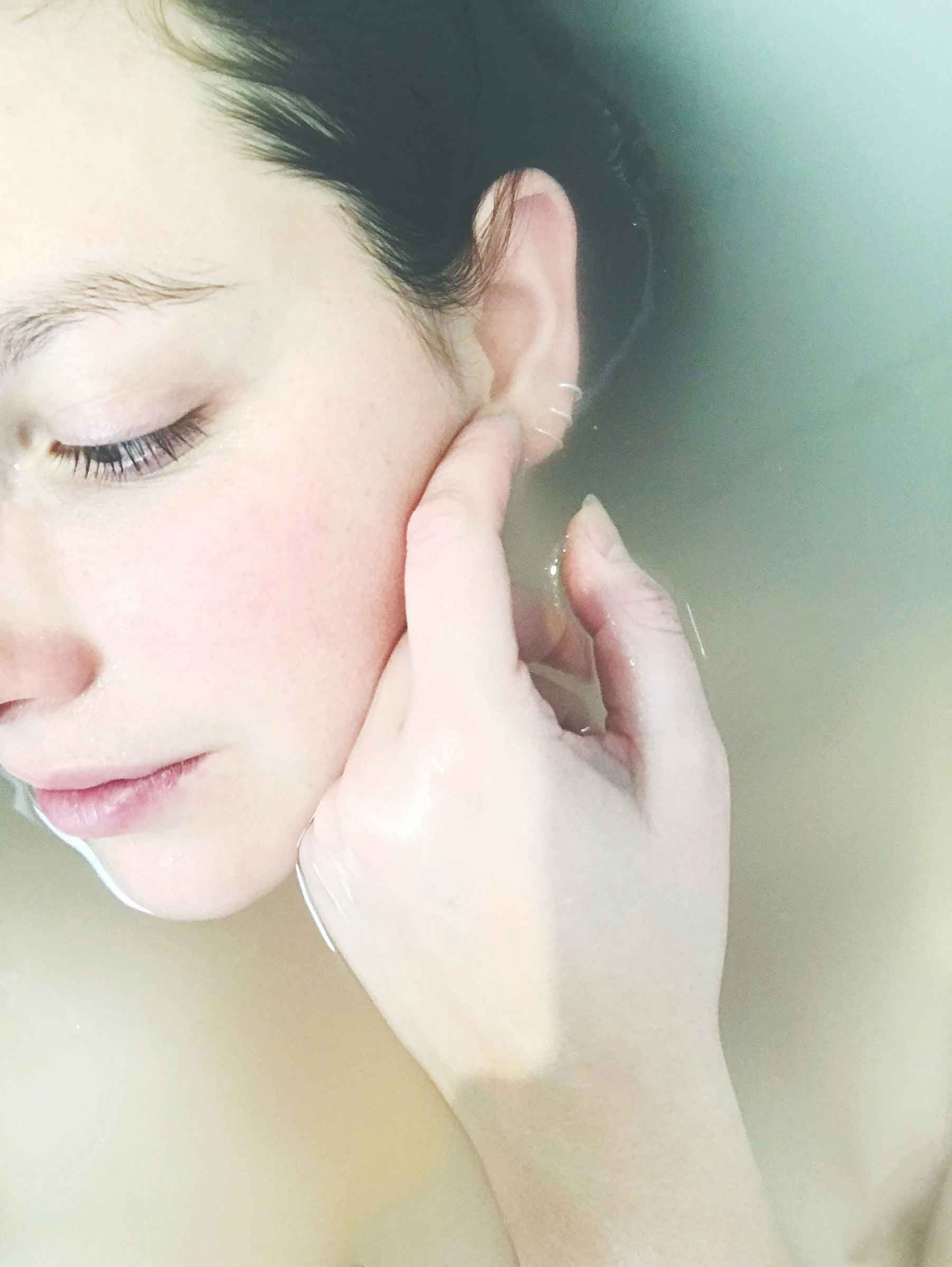
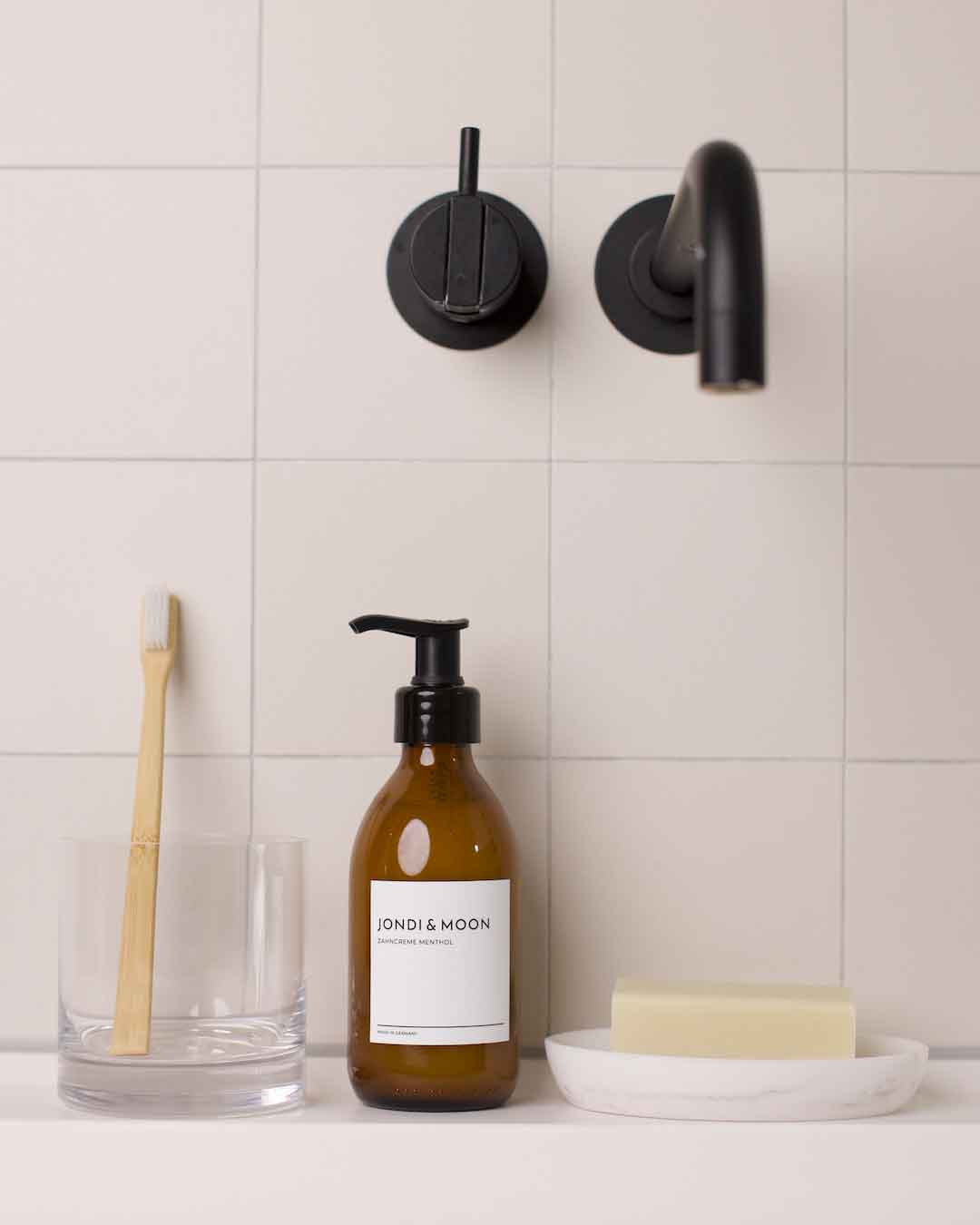
Glass
We opted for an amber glass bottle for various reasons.
Glass is a material that consists mainly of natural raw materials. These raw materials are available in and around Germany, which reduces delivery routes to a minimum. Another major advantage of glass is that it is 100% recyclable. Glass can be melted down again as often as required and processed into new products.
Even though the glass production process is still very energy-intensive, great progress has been made in recent decades. Melting technologies are constantly evolving and are therefore becoming more economical; filter technologies are becoming more modern and the use of used glass is also having a positive effect on energy requirements and the resulting emissions.
Our products are packaged in amber glass in order to protect the raw materials from UV rays in the best possible way and without environmentally harmful films, and also to maintain the quality of the product. In addition, a higher proportion of used glass can be used in the production of amber glass, thus reducing energy requirements. This is due to the fact that up to 8 % of different colored waste glass can be added. In the case of white glass, this so-called color defect is much smaller.
For the time being, we are taking the best route with recyclable disposable glass. To make the packaging even more sustainable, our glass packaging is designed to be used for a long time. After use, they are fed back into the recycling cycle and recycled. By feeding used glass into the production of new glass, the energy requirement is reduced by 30 %.
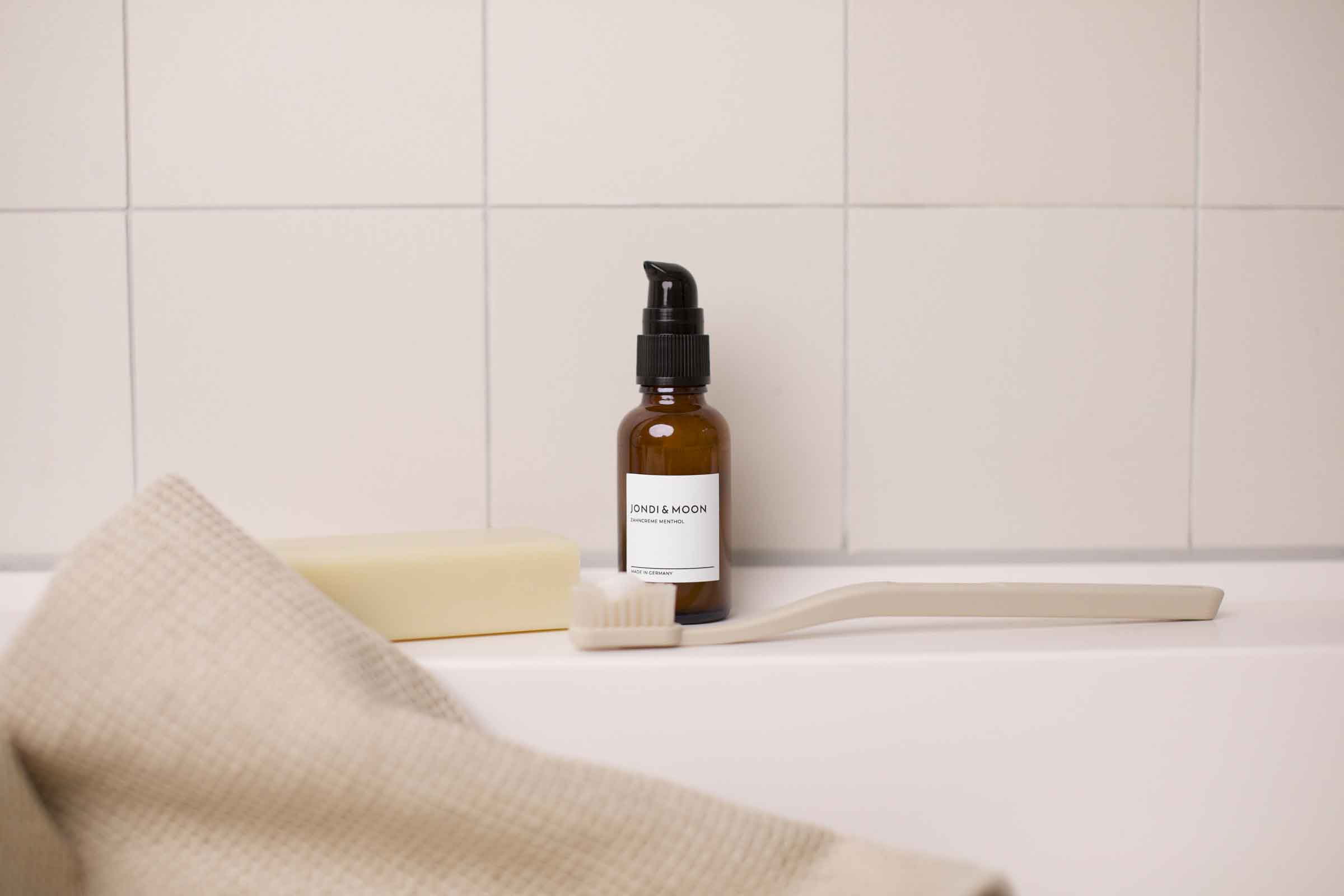
Mono plastic
Why a mono-plastic and not a plastic made from corn starch, for example?
Biodegradable plastics can decompose under certain conditions. However, this refers to laboratory conditions; degradation under real composting conditions is largely uncertain. The term “biodegradable” therefore often leads to confusion. It is often unclear how the plastic should be disposed of correctly. It therefore often ends up in organic waste. Unfortunately, this is wrong, as organic waste is used, for example, to produce fertilizer for agriculture. For example, organic waste is used to produce fertilizer for agriculture. Plastic, whether biodegradable or not, is not suitable for this. Biodegradable plastics consist of thermoplastic starch, cellulose, degradable polyesters (partly made from crude oil) and polylactide (PLA) and are therefore not necessarily bio-based. This plastic therefore also belongs in the recycling garbage. However, as the recycling plants are not (yet) able to distinguish these plastics from conventional plastics, they are sorted out and ultimately incinerated.
Biologically based plastics consist to some extent of e.g. corn starch or other cellulose-rich plants; how large this proportion is, however, varies. These plastics are not necessarily biodegradable and, like all plastics, must be disposed of in the recycling garbage. However, there is no guarantee that biologically based plastics can be recycled.
There are bio-based plastics that have the same chemical structure as conventional plastics (e.g. bio-based PET products) and can therefore be fed into the same recycling cycle. However, if the chemical structure is different, the plastics cannot be recycled and are incinerated instead.
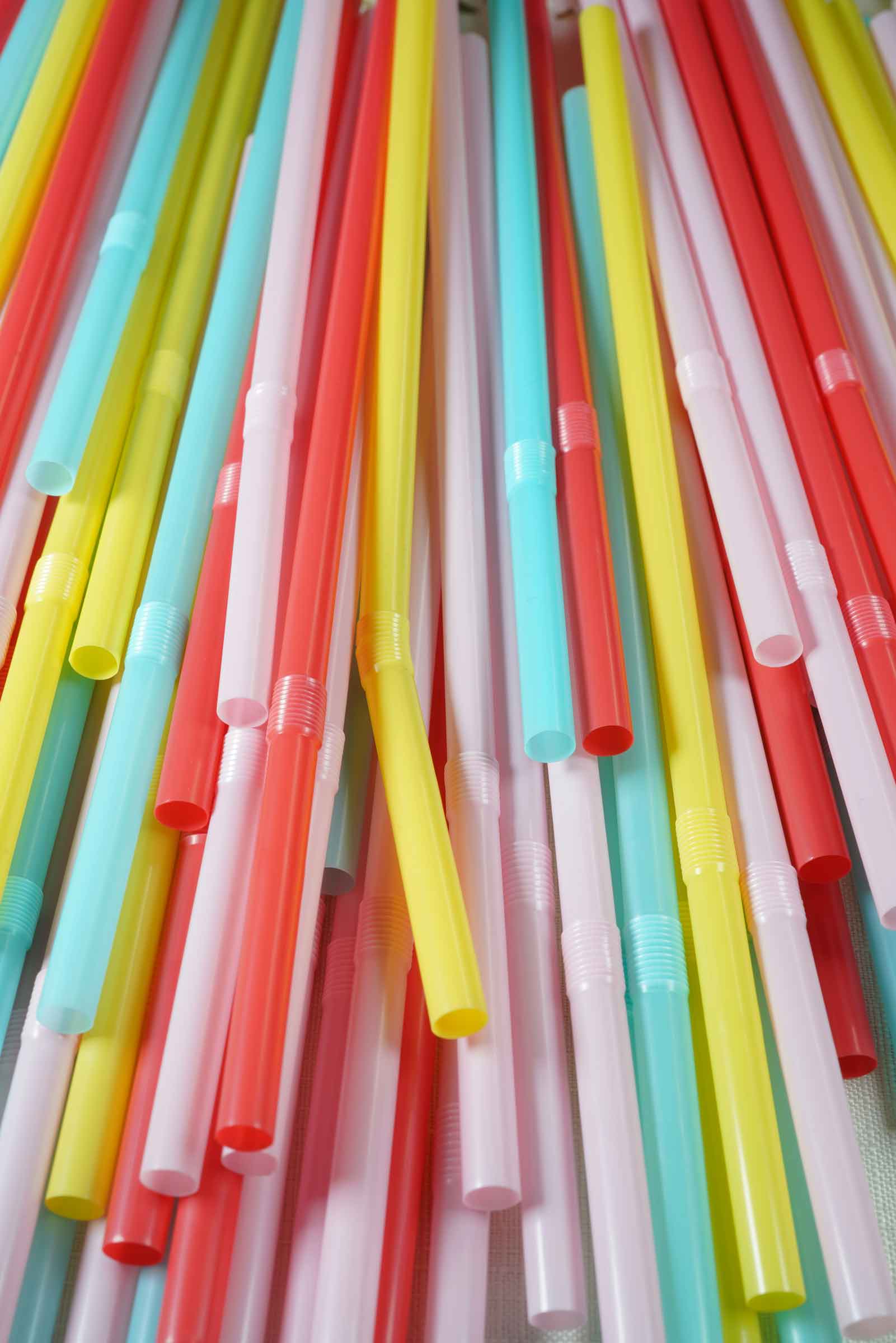
We have also made a conscious decision not to use standard refill pouches. Most of these conventional bags, like most toothpaste tubes, are made of a composite material. This means that they consist of many different plastic films that cannot be separated by a recycling plant. As a result, packaging made of composite material cannot be recycled and is therefore incinerated.
The entire JONDI&MOON refill bag, including the lid, is made of mono-material, i.e. just one plastic – in our case, polypropylene (PP). Our bag can be disposed of in its entirety via the recycling garbage and fed into the recycling cycle. Because only a single plastic is used, the refill pouch does not end up in the incineration plant, but can be recycled to a high standard (100%). You can find out more about our refill concept here.



